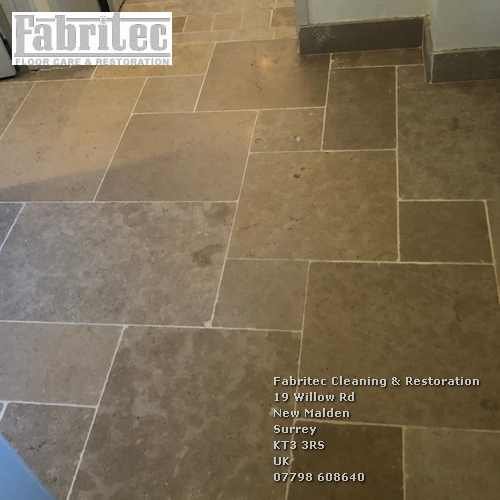
Limestone Cleaning Leatherhead
Discover The Best Possible Limestone Cleaning Leatherhead
- Your Limestone cleaning professionals.
- Our technicians have been cleaning and restoring Limestone floors within the Leatherhead area for over 20 years.
- Get your complimentary, no-obligation travertine cleaning price from our trustworthy industry expertsin New Malden.
Just How Do Professionals Go About Cleaning Your Limestone Floors In Leatherhead
- Professionals start by using a Limestone cleaning treatment on the Limestone. We leave the cleaner to work for about twenty minutes to allow the cleaner to breakdown the greasy soil. We also use scrubbing machines to work the cleaning solutions deep into the floor.
- After the scrubbing has finished, we get rid of the cleaning slurry and examine the condition of the Limestone. We keep scrubbing and rinsing until the floor has released all the soil it can. With honed and polished Limestone, a single scrubing step is usually enough to remove any soil. Although, with Tumbled Limestone floors and Brushed Limestone, the cleaning may require to be repeated several times.
- After scrubbing, there can still be soil trapped within the surface of Brushed and Tumbled Limestone, and the grout.
- If there is embedded soil after scrubbing, we can use hot pressure rinsing apparatus. Hot pressurised rinsing drives heated water deep inside the pores and holes in the Limestone and the grout, to get at the soil that a scrubbing machine could not remove. It's frequently remarkable how much more soil the pressure rinsing equipment takes out.
- pressurised rinsing is almost certainly not suited to soft or very porous Limestone, as it can leave a shadow pattern from the cleaning.
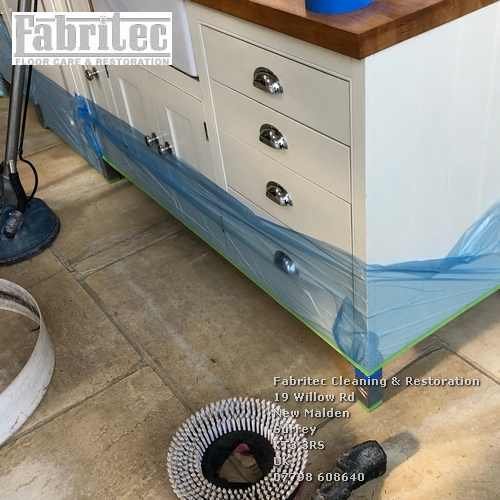
What Is Limestone Polishing?
Limestone polishing is required if the shine has worn off a polished Limestone through wear and other damage.
Polishing Limestone starts with diamond honing to clear away surface defects to prepare the Limestone for polishing.
Fine diamond tooling creates a honed finish. If you prefer a high , after polishing, we use Limestone polishing creams to provide a polished gloss.
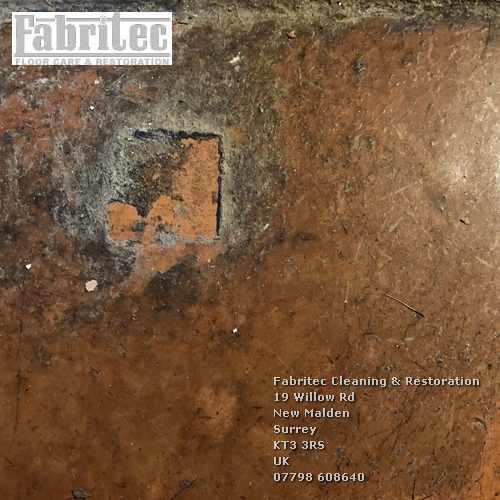
How We Restore Limestone Floors
Limestone restoration work begins by checking out the floor for any problems. Often cleaing with strong detergents and foot traffic damages the surface on Limestone.
The end result is a scored, permeable surface with minute, holes that fill with soil. When this occurs, the initial surface is taken off by grinding and also then honing.
This technique is referred to as floor restoration. We have a variety of Limestone floor restoration products such as; diamonds for honing and also grinding, epoxy fillers, grouts and polishing powders to generate a high finish.
Wear on older Limestone floors is a result of years, perhaps centuries, of being walked on. Laminations in the tile can splinter, slabs might crack, and the linestone subfloor might move.
This wear is also a reminder of the floor's historic past, so it's often preferable to accept these flaws rather than disturb an old Limestone floor. Quite often, these vintage floors are installed in listed buildings and any work is strictly controlled via the Heritage authorities.
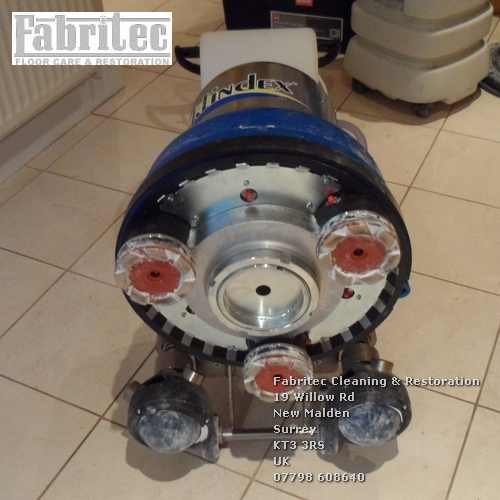
Call Now for a Free No-Obligation Quotation.
We are trusted  by 100's of clients in Surrey.
by 100's of clients in Surrey.
Learn about the other tile and stone polishing and restoration treatments we offer in Leatherhead , click on the stone link.
Marble Travertine Terrazzo Slate Sandstone Granite Victorian Tiles Terracotta Quarry Tiles Porcelain Tile & GroutLimestone Sealing In Leatherhead
Limestone sealing starts by examining the type of Limestone in addition to the state with the sub-floor.
Sealing Limestone Floors Without Having A Damp-Proof Membrane
Limestone has been a flooring for millenia. Buildings before the 1950s can have stone floors installed straight onto rammed soil, a chalk base or lime-based mortar.
These kinds of types of floors need to permit the free flow of moisture from the sub-floor, which affects the choice for a sealer.
These types of floors should be sealed with an impregnating sealer to keep up the free movement of moisture through the stone.
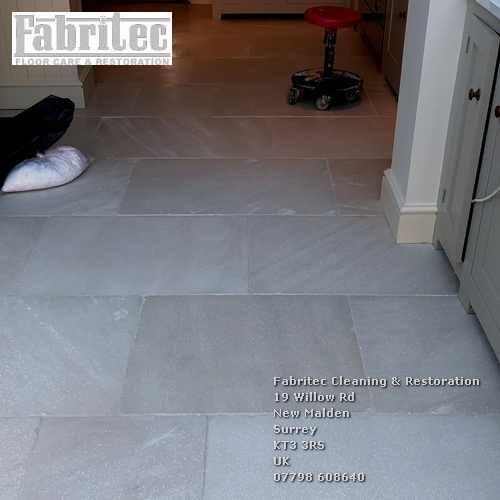
Choosing A Sealer For A Polished Limestone Floor
An impregnating sealer is generally applied to polished Limestone. A polished Limestone requires less sealer than other finishes, so a couple of costs of sealer usually is sufficient. Polished Limestone tiles must be re-sealed on a yearly basis to retain the standard of protection. An impregnating sealer is not going to prevent acid spills etching into the Limestone. {Which means that acid spills for instance [xfield_acid-spills] will penetrate the impregnating sealer on your own Limestone floor, leaving a dull etch mark.} When there is a storing dye when you look at the liquid you spill in your Limestone, e.g. dark wine, the etch mark will also be stained with the colour of the spill.
Sealing Honed Limestone Floor Tiles
Honed Limestone tiles will have a dull matt or sheen finish. Limestone is more permeable than polished Limestone, but less porous than a tumbled Limestone. If you prefer a natural matt-look, an impregnating sealer retains the first finish. Much like polished Limestone, an impregnating sealer does not stop acid etching.
Honed Limestone can have film-forming or surface sealers. Because name associated with sealer implies, the sealer produces a protective film the top of the Limestone tiles. This protectoive film gives you added protection from damage from etching. The protective film will act Since a sacrificial wear surface, receiving damage from shoe traffic rather than the tile itself. As the sealer is the outer lining of the stone, we advise using a couple of coats of impregnating sealer first. An impregnating sealer helps to protect the stone in areas where the surface film wears .
A surface sealer lasts for 2 to 4 years before it requires topping up. We advise examining wear regions every 6 months to test for wear. If a place is showing wear, dep-clean the region to take away any surface soil, then top the area up with one or two coats of new surfcae sealer.
Using this technique, a protective sealer will last for a long time, without struggling with an unsightly build-up of floor sealer on parts of the floor that don’t need it.
